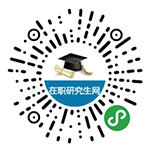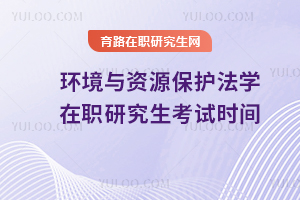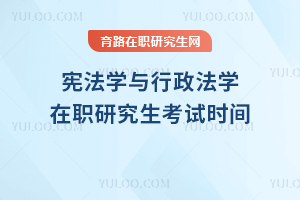- 微信公眾號

政策解讀
- 微信小程序

快速擇校

政策解讀

快速擇校
If sustainable competitive advantage depends on workforce skills, American firms have a problem. Human-resource management is not traditionally seen as central to the competitive survival of the firm in the United States. Skill acquisition is considered an individual responsibility. Labour is simply another factor of production to be hired—rented at the lowest possible cost—much as one buys raw materials or equipment.
The lack of importance attached to human-resource management can be seen in the corporate hierarchy. In an American firm the chief financial officer is almost always second in command. The post of head of human-resource management is usually a specialized job, off at the edge of the corporate hierarchy. The executive who holds it is never consulted on major strategic decisions and has no chance to move up to Chief Executive Officer(CEO). By way of contrast, in Japan the head of human-resource management is central—usually the second most important executive, after the CEO, in the firm's hierarchy.
While American firms often talk about the vast amounts spent on training their work force, in fact they invest less in the skills of their employees than do either Japanese or German firms. The money they do invest is also more highly concentrated on professional and managerial employees. And the limited investments that are made in training workers are also much more narrowly focused on the specific skills necessary to do the next job rather than on the basic background skills that make it possible to absorb new technologies.
As a result, problems emerge when new breakthrough technologies arrive. If American workers, for example, take much longer to learn how to operate new flexible manufacturing stations than workers on Germany (as they do), the effective cost of those stations is lower in Germany than it is in the United States. More time is required before equipment is up and running at capacity, and the need for extensive retraining generates costs and creates bottlenecks that limit the speed with which new equipment can be employed. The result is a slower pace of technological change, And in the end the skills of the bottom half of the population affect the wages of the top half. If the bottom half can't effectively staff the processes that have to be operated, the management and professional jobs that go with these processes will disappear.
1. Which of the following applies to the management of human resources in American companies?
A. They hire people at the lowest cost regardless of their skills.
B. They see the gaining of skills as their employees' own business.
C. They attach more importance to workers than to equipment.
D. They only hire skilled workers because of keen competition.
2. What is the position of the head of human-resource management in an American firm?
A. He is one of the most important executives in the firm.
B. His post is likely to disappear when new technologies are introduced.
C. He is directly under the chief financial executive.
D. He has no say in making important decisions in the firm.
3. The money most American firms put in training mainly goes to .
A. workers who can operate new equipment
B. technological and managerial staff
C. workers who lack basic background skills
D. top executives
4. According to the passage, the decisive factor in maintaining a firm's competitive advantage is .
A. the introduction of new technologies
B. the improvement of workers' basic skills
C. the rational composition of professional and managerial employees
D. the attachment of importance to the bottom haft of the employees
5. What is the main idea of the passage ?
A. American firms are different from Japanese and German firms in human-resource management.
B. Extensive retraining is indispensable to effective human-resource management.
C. The head of human-resource management must be in the central position in a firm' s hierarchy.
D. The human-resource management strategies of American firms affect their competitive capacity.
參考答案:B D B B D
特別聲明:①凡本網注明稿件來源為"原創"的,轉載必須注明"稿件來源:育路網",違者將依法追究責任;
②部分稿件來源于網絡,如有侵權,請聯系我們溝通解決。

黨校在職研究生考試內容無全國統一考試大綱,考試內容隨中央、省級、市級黨校層級差異顯著,核心圍繞“理論+校情+實操”三類科目展開:公共科目必考《馬克思主義理論》,...

河北黨校在職研究生報名時間分層級差異:河北省委黨校(省級)常規報名期為每年3-4月,地市黨校(如石家莊、保定等)多為4-5月,均采用“集中報名+現場確認”模式,...

環境與資源保護法學非全日制研究生考試時間初試時間非全日制研究生與全日制研究生執行統一考試標準,初試時間為每年12月下旬。

憲法學與行政法學同等學力申碩考試時間課程結業考試時間:以同等學力申碩方式報考憲法學與行政法學在職研究生,一般大專及以上學

全國碩士研究生統一招生考試初試時間:2025年的全國碩士研究生招生初試時間已經確定為2024年12月21日至22日,考試時長為6小時的考

社會學在職研究生考試時間前面提到了,社會學在職研究生是以同等學力申碩招生的,可以先學習后申碩。申碩考試是國家教育部統一安
評論0
“無需登錄,可直接評論...”